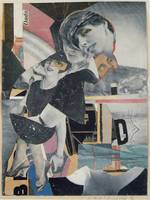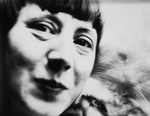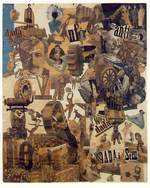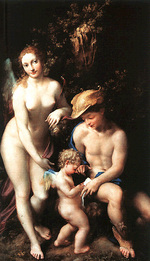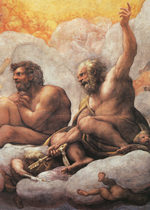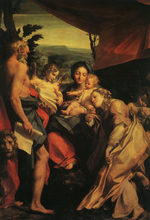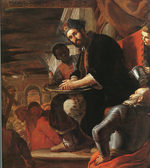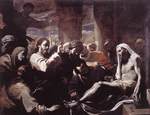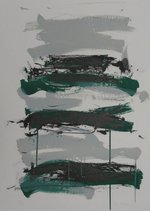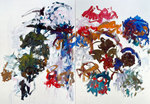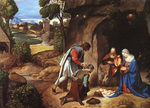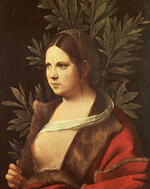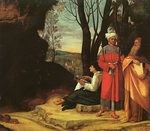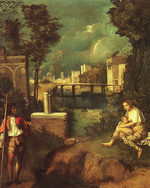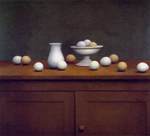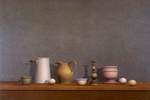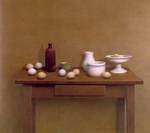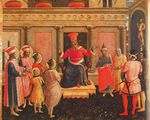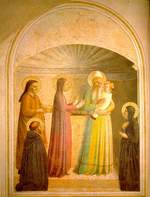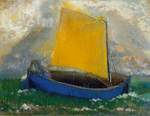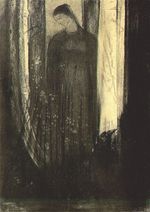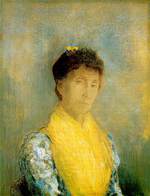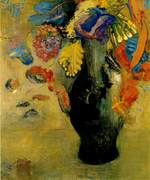
|
Featured Artist at the e.Gallery this week is a 15th Century artist of the Early Renaissance movement, Fra Filippo Lippi [Florentine, 1406-1469] Link: http://fineart.elib.com/fineart.php?dir=Alphabetical/Lippi_Fra_Filippo The Italian painter Fra Filippo Lippi (ca. 1406–1469) was an important link between the early and late 15th-century Florentine painters. He was born in Florence and took his vows in 1421 in the monastery S. Maria del Carmine, where Masaccio frescoed the Brancacci Chapel in the church (1426–1427). By 1430 Lippi is mentioned in church documents as “painter.” Masaccio’s influence, as well as Donatello’s, can be seen in Lippi’s early works, such as the Tarquinia Madonna of 1437 (National Gallery, Rome) and the Annunciation (S. Lorenzo, Florence) and Barbadori Altar (Louvre, Paris), both begun in 1437–1438. However, the severity of Masaccio and Donatello was mitigated by Lippi, who was instrumental in salvaging from the Gothic past the lyrical expressiveness of a linear mode which Masaccio had all but given up for modeling in chiaroscuro. |
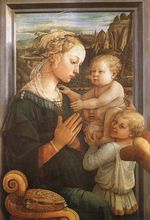 Madonna and Child with Two Angels |
 The Annunciation |
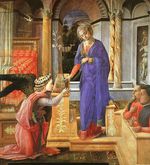 Annunciation with two Kneeling Donors |
 Virgin and Child Surrounded by Angels, St. Frediano and St. Augustine |






